

|


|
|
1/10 Scale Electric Rally/Touring Car:
Losi JRXS Type-R - LOSK0256
|
Released by Losi in 2006, the 4WD JRX-S Type-R Racing Sedan Kit - LOSK0256 - is two belt driven, on an ultra narrow double deck chassis design, with ball differentials, coil spring over oil filled dampers, universal joint drive-shafts and a full set of ball bearings.
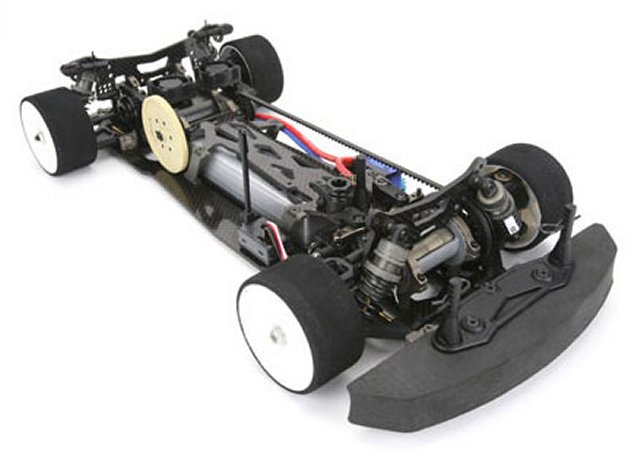
To race the Losi JRXS Type-R, it requires a high level of tuning for improved stability when cornering, to keep it on the track and give you more grip under acceleration. Even the smallest change in your cars settings can make a Big difference. Our simple to follow instruction chart will show how to attain the best Set-up for your personal requirements.
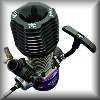
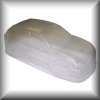
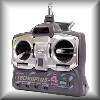

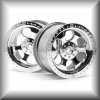
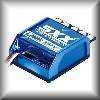
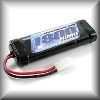
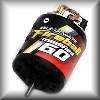
|
|
|

★ Losi JRX-S Type-R ★
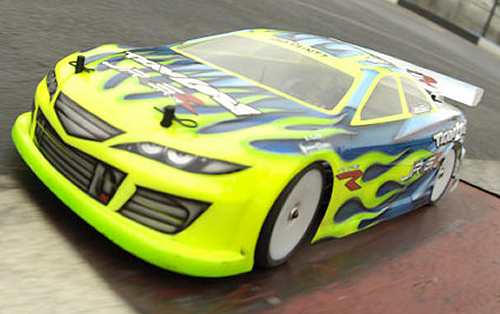
★ Losi JRX-S Type-R Chassis ★
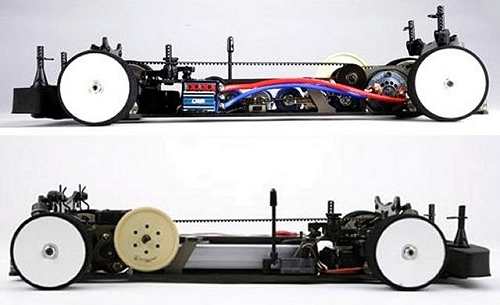
|
Buying a Used Losi JRXS Type-R
|
|
Manufacturers and Brands Catalogued, Listed and Reviewed by RC-Scrapyard.
At present, the RC Model Manufacturers, Brands and Distributors covered by us are: ABC Hobby, Academy, Acme Racing, Agama Racing, Amewi, Ansmann Racing, ARRMA, Team Associated, Atomic RC, Axial, AYK, Bolink, BSD Racing, Capricorn, Carisma, Carson, Caster Racing, Cen, Corally, Custom Works, Durango, Duratrax, ECX - Electrix, Exceed RC, FG Modellsport, FS-Racing, FTX, Fujimi, Gmade, GS-Racing, Harm, HBX, Helion, Heng Long, Himoto Racing, Hirobo, Hitari, Hobao, Hong-Nor, Hot Bodies, HPI, HSP, Intech, Integy, Jamara, JQ Products, Kawada, Kyosho, Losi, LRP, Maisto, Mardave, Marui, Maverick, MCD Racing, Megatech, Mugen, New Bright, Nichimo, Nikko, Nkok, Ofna, Pro-Pulse, Protech, PTI, RC4WD, Redcat Racing, RJ-Speed, Robitronic, Schumacher, Seben, Serpent, Smartech, Sportwerks, Step-Up, Tamiya, Team-C Racing, Team Magic, Thunder Tiger, Tomy, Top Racing, Traxxas, Trinity, Tyco, Vaterra RC, Venom, VRX Racing, WLToys, X-Factory, Xmods, Xpress, Xray, XTM, Yankee RC, Yokomo, ZD Racing and Zipzaps. |
|
Hints, Tips and Information
Choosing the right Tire Inserts
Once upon a time, all RC model tires were equal - they were all trash. None of the old tires had any kind of internal support, because the hard compound they were made of didn't need it. But that was before the newer soft compounds were developed. These new tires were so soft that if some kind of insert was not used they would just lay flat under the weight of the car. Thus, the new science of tire inserts was born. Inserts for Off-Road Tires
The basic soft foam inserts that come with many off-road rubber tires can be in one of two types. They can be basic rings of sponge, or the cheap and nasty strips of sponge. Many of the latest foam inserts now come pre-shaped, but more than often, they will need some work done to them before they are inserted into the tires. |
|
Hints, Tips and Information
Wings
When you think of the Wing or the spoiler on any RC model car, you immediately think of down-force, but which wing is best for your model and what setting should it have? |
|
RC Models:
|
Radio & Motors: |
Other
Accessories: |